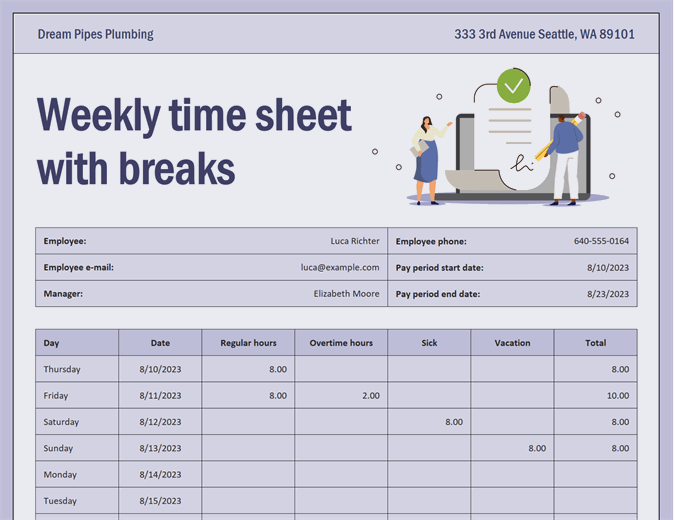

It would take 17 months and some days to pay off the loan. Imagine that you have a $2,500 personal loan, and have agreed to pay $150 a month at 3% annual interest. The PMT is -175 (you would pay $175 per month).įind out how long it will take to pay off a personal loan The NPER argument is 3*12 (or twelve monthly payments for three years). The PV function will calculate how much of a starting deposit will yield a future value.Īn initial deposit of $1,969.62 would be required in order to be able to pay $175.00 per month and end up with $8500 in three years. Now imagine that you are saving for an $8,500 vacation over three years, and wonder how much you would need to deposit in your account to keep monthly savings at $175.00 per month. The FV (future value) that you want to save is $8,500. The PV (present value) is 0 because the account is starting from zero. The NPER argument is 3*12 for twelve monthly payments over three years. The rate argument is 1.5% divided by 12, the number of months in a year. To save $8,500 in three years would require a savings of $230.99 each month for three years. The annual interest rate for saving is 1.5%. You’d like to save for a vacation three years from now that will cost $8,500.
PAY IT DOWN TEMPLATE EXCEL HOW TO
The PV argument is 180000 (the present value of the loan).įind out how to save each month for a dream vacation The NPER argument is 30*12 for a 30 year mortgage with 12 monthly payments made each year. The rate argument is 5% divided by the 12 months in a year. The result is a monthly payment (not including insurance and taxes) of $966.28. Imagine a $180,000 home at 5% interest, with a 30-year mortgage. The PV or present value argument is 5400.

The NPER argument of 2*12 is the total number of payment periods for the loan. For example, in this formula the 17% annual interest rate is divided by 12, the number of months in a year. The rate argument is the interest rate per period for the loan. The result is a monthly payment of $266.99 to pay the debt off in two years. Nothing else will be purchased on the card while the debt is being paid off.
PAY IT DOWN TEMPLATE EXCEL SERIES
The present value is the total amount that a series of future payments is worth now.įV returns the future value of an investment based on periodic, constant payments and a constant interest rate.įigure out the monthly payments to pay off a credit card debtĪssume that the balance due is $5,400 at a 17% annual interest rate. PV returns the present value of an investment. NPER calculates the number of payment periods for an investment based on regular, constant payments and a constant interest rate. PMT calculates the payment for a loan based on constant payments and a constant interest rate. Excel formulas and budgeting templates can help you calculate the future value of your debts and investments, making it easier to figure out how long it will take for you to reach your goals. Managing personal finances can be a challenge, especially when trying to plan your payments and savings.


 0 kommentar(er)
0 kommentar(er)
